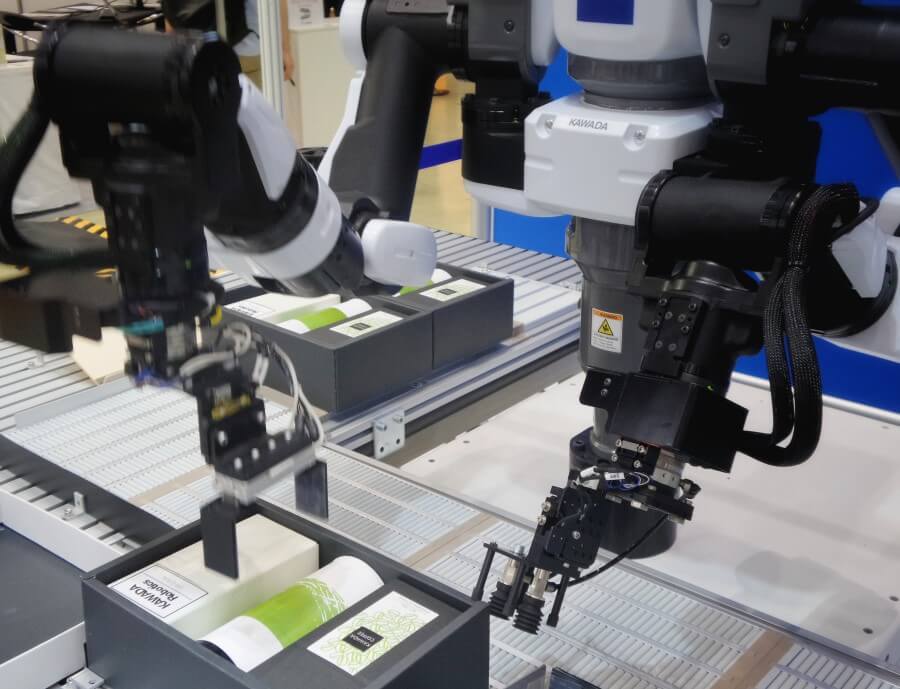
This is part one of a two-part blog by Professor Simon Collinson on R&D, innovation and regional growth, following an academic forum hosted by WM-REDI and UKRI that discussed the evidence that should inform the government’s place R&D strategy.
It was first published on the UKRI website.
A successful national R&D system is, by definition world-leading, internationally connected and competitive. It requires talent, top-class universities and private sector R&D investment and needs to connect and collaborate with the best in the world. The UK punches above its weight in this regard and it needs to maintain its global standing as one of the world’s leaders. But it is also clear that the UK needs to get better at leveraging R&D more effectively and efficiently, to channel the outputs towards creating better economic, social and health-related outcomes across the country.
This does not need to involve a trade-off between world-leading research vs. locally relevant development. Both can be achieved with a more precise set of interventions and investments, as we increase overall R&D spend to keep up with other advanced economies. It does require a greater level of investment to translate invention into innovation, productivity and competitiveness and higher-income employment opportunities. It also requires more of a focus on the spatial geography of investment.
Innovation pathways: outputs to outcomes
For some types of innovation, it is easy to draw a line between demand, investment and outcomes. For example, everyone wants an effective covid-19 vaccine. It is clear that R&D investment and scientific development followed by adoption by users leads to better healthcare outcomes. This is supply-driven innovation; its functionality and added-value are obvious, demand is clear and measurable, and the outcome is also clear and measurable. If we define innovation as ‘the successful exploitation or commercialisation of new ideas’, this is a simple innovation pathway. Investing in more upfront R&D usually leads to the creation of more and better vaccines.
But applying this kind of logic chain to other areas of innovation can be more difficult, because most innovation does not consist of a single breakthrough, providing a clear solution to a well-defined problem. In most cases the process of adoption and adaptation, to shape an idea, a product, technology or process and integrate it into an existing system, is more complex and less linear. Latent added-value only translates into real wealth-creation when other parts of the system also change to benefit from the new input. Moreover, because the benefits are less obvious, and often not guaranteed, the incentives for adoption may be less clear or absent, depending on the context.
Take a few examples, which we can trace (and partly measure) along the innovation pathway, linking micro-level outputs with macro-level outcomes.

- We know that the adoption of robots in manufacturing firms leads to improved total factor productivity (TFP) at the plant level, improving the cost, quality and speed of manufacturing and raises national productivity (GVA per head) and export competitiveness. In fact, the use of robots is said to account for, on average, 10% of growth in GDP per capita in OECD countries. The Koreans have over 700 robots per 10,000 manufacturing worker, Germany and Japan over 300 and the UK less than 100 (less than China). There are multiple reasons for this (e.g. size of firms, tax incentives, skills gaps), but lack of adoption in UK firms is part of the UK productivity lag, not the absence of functioning robots.
- Early diagnostics in healthcare lead to better life chances, improved well-being, lower cost of treatment and a quicker return to employment, shifting a potential added burden on public services to a net positive, wealth-creating employee. These technologies and processes have found their way into the NHS and our healthcare system, but there are significant constraints slowing down this process. The complexities of funding and implementing new ways of doing things in large, multifarious organisations limit the speed of adoption.
- Rail digitisation would allow more trains to run on our fixed rail infrastructure, reducing crowding, improving reliability and safety, increasing freight capacity and leading to better national connectivity and higher labour mobility. We appear to have the technology, but other countries have moved much more quickly to implement the benefits. Finance and a lack of ‘system-wide leadership’ are said to be amongst the key constraints.

In all these cases the UK is already relatively good at the science and the R&D in these specialist areas. In fact, Robotics and Autonomous Systems (RAS) was one of the ‘Eight Great Technologies‘ identified by the UK Government in 2013. We have invested significantly in patents, IPR and expertise which other countries have adopted more successfully to the general benefit of their economies and societies.
The key question is not whether these technologies or processes add measurable value, it is why adoption has not happened to the degree we would expect, given this added value. This is where market intervention and targeted investment are needed to bridge the disconnect between invention and applied innovation. Different parts of regional innovation ecosystems, involving universities, government funding, private sector investment and the necessary consortia of complementary specialists have to work better together.
Although this is not a particularly new message, the need to better align the supply of and demand for R&D through the funding of collaborations that will increase adoption and diffusion is still the key message. But alongside this, the spatial geography of innovation has become more significant in recent years. Particular regions in the UK are falling further behind, relative to other places in this country and internationally. Improving the national R&D system to channel the benefits of innovation to enable these places to grow faster and better, more productive, competitive and inclusive is a national policy imperative.
Different clusters for different kinds of innovation
As outlined above, the combination of supply and demand or science-push vs. user-pull varies across different kinds of R&D. This has a strong influence on the spatial distribution of R&D investment intended to create local economic growth effects. Current debates about concentration vs. distribution of R&D investment miss the point that different kinds of R&D need different levels of concentration and will have different impacts located in different kinds of places. The presence or absence of particular scientific specialists is the critical factor in some cases, whereas collaboration with users and the presence of complementary expertise in a broader ecosystem of adopters is the key in others.
In many cases it does not make sense to encourage the relocation of R&D to places that do not have the right critical mass to be either scientifically world-leading or attract talent and investors to create new clusters. Similarly, there is little point in making big R&D investments where there are too few local adopters who would benefit from the proximity effects and create wider multiplier effects. This partly applies to arguments made to distribute public sector funding to match the distribution of private-sector R&D investment. Public investment should fill gaps in the market rather than imitate the market. But where we can nudge projects and places across the divide between invention and innovation by combining public and private investment in a targeted way, we should. Spatial re-balancing of government-funded R&D would certainly benefit some regions, with the right approach. The key need is for more precision in targeting specific kinds of investment to facilitate adoption and commercial exploitation in ways that match with the unique growth potential of different places as well as drive national competitive advantage.
This blog was written by Professor Simon Collinson, Director, City-REDI and WM REDI.
Disclaimer:
The opinions presented here belong to the author rather than the University of Birmingham.
To sign up for our blog mailing list, please click here.
